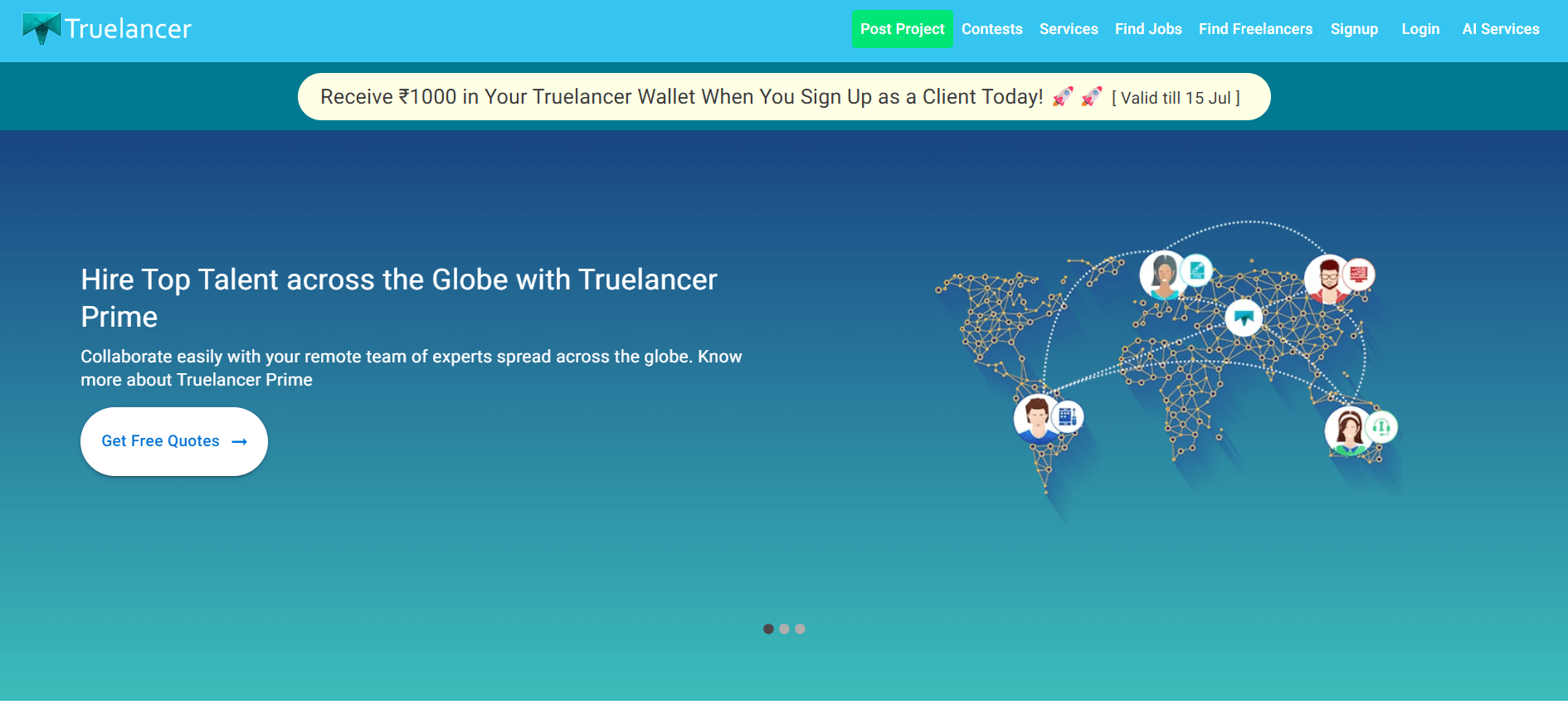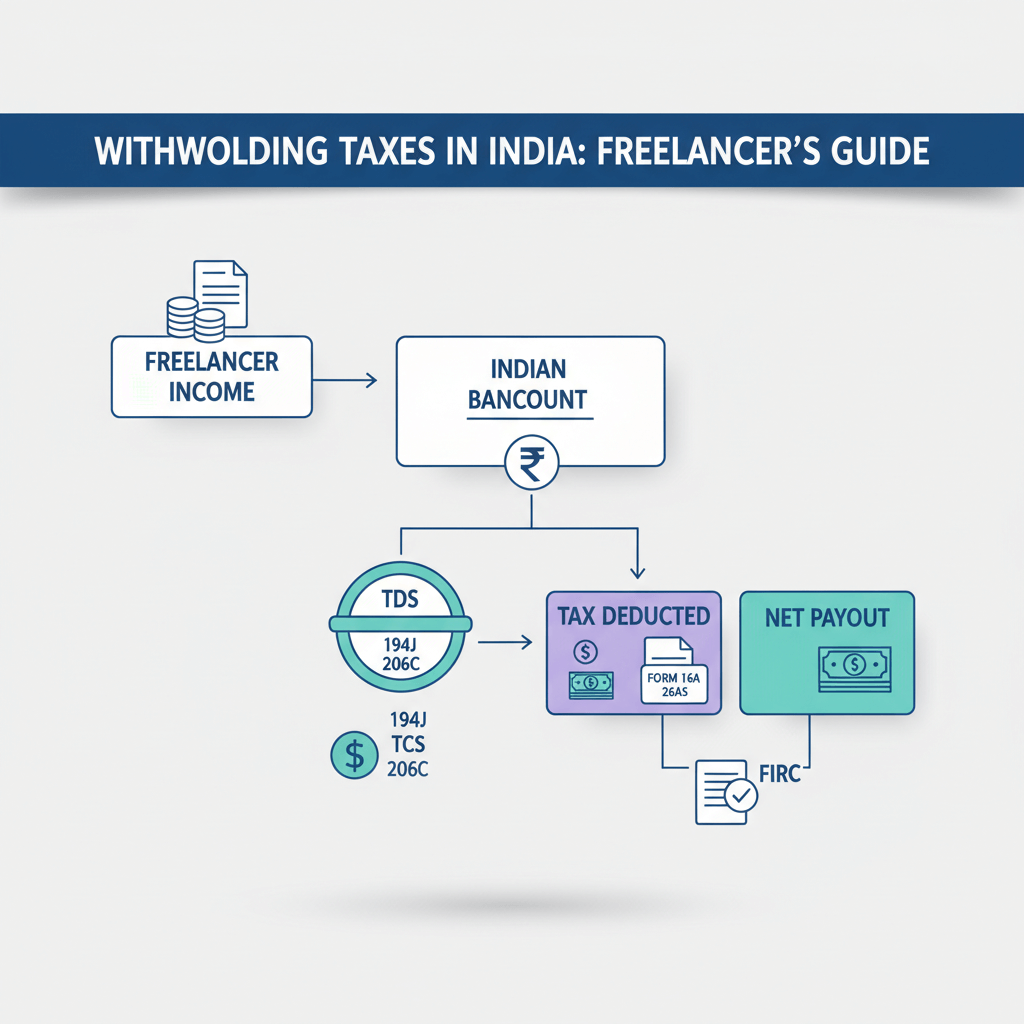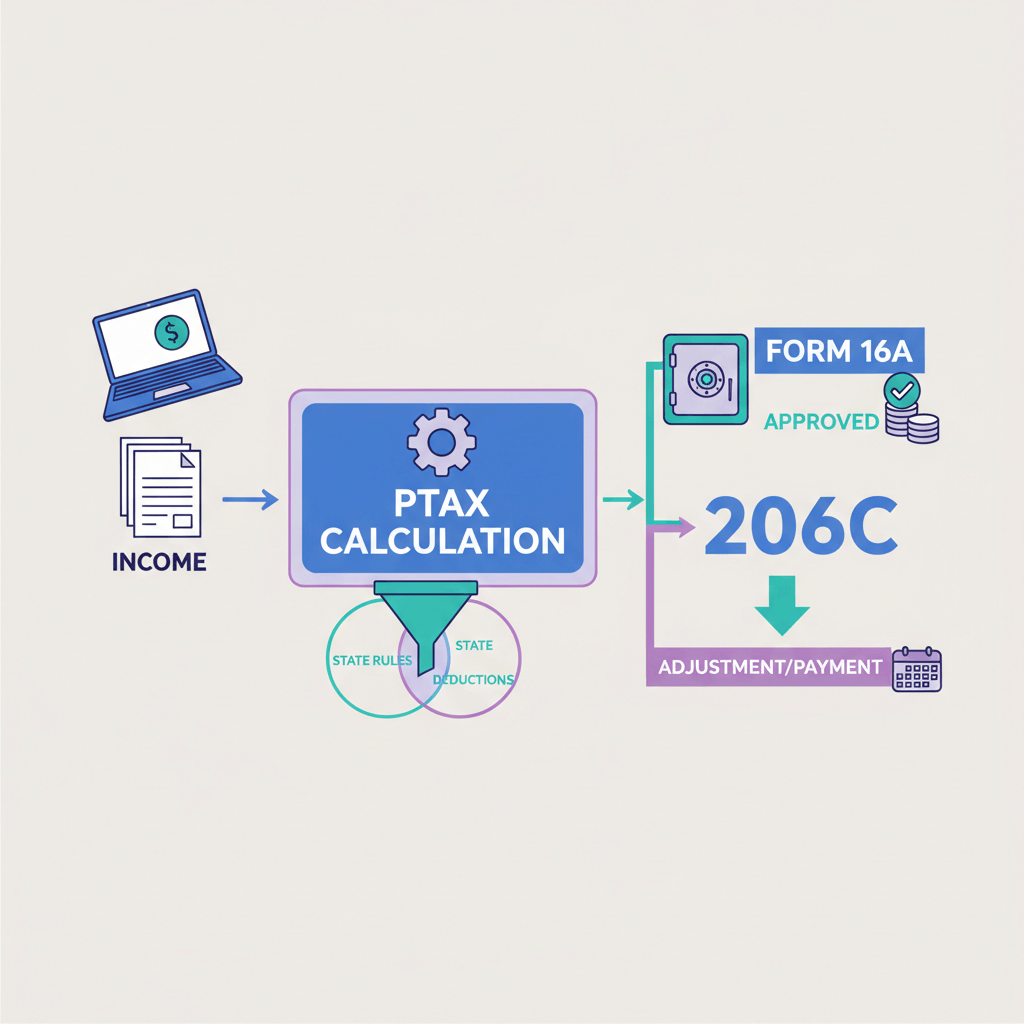Your hard-earned money is yours to keep. We charge only a minimal fee — so you can receive payments with fair USD-to-INR payouts on freelancing websites.
If you’ve looked into freelancing, chances are you’ve already heard of Fiverr and Upwork. They’re two of the biggest platforms in the world. Yes, they work.
But they’re also extremely saturated.
Just to give you an idea:
There are over 500,000 gigs listed under "copywriting" on Fiverr alone. Upwork isn’t far behind, with thousands of freelancers competing for the same job posts every day.
Most of them have years of experience, verified badges, and dozens of 5-star reviews. As a beginner, it can feel nearly impossible to stand out.
That’s why this blog focuses on freelancing platforms that are easier to break into—especially if you’re an Indian freelancer starting out in 2025.
Evaluation criteria:
We shortlisted these platforms based on low entry barriers, freelancer-to-client ratio, ease of profile approval, and active demand in key Indian skill categories like writing, design, tech, and marketing. We also factored in user reviews, platform reach, and payment reliability.
8 Best Freelancing Websites for Indian Freelancers
1. Workana
.png)
Workana is growing in India, though it’s more popular in Latin America. That means less crowd and more chances for beginners. Many clients here want long-term remote help, not just quick gigs.
It’s good for writers, designers, developers, and marketers. You don’t need perfect English to land your first project. Many listings require only basic communication skills.
Payments are simple for Indians. You can withdraw via Payoneer or direct bank transfer. Many freelancers land work within a week.
2. Guru
.png)
Guru is underrated now, but that’s great for new freelancers. There’s less competition than on Upwork or Fiverr. Many clients are small businesses and solo founders.
It’s best for developers, consultants, and finance pros. The site’s design feels old-school but it works well. The quote system makes it easy to pitch without spending money.
You can send up to 10 free quotes each month. Payments come through Payoneer or direct to your bank. Start small and build trust fast.
3. Truelancer

Truelancer is designed for Indian freelancers first. Payment and verification are simple. No need for a global-style portfolio when you’re new.
It’s good for writers, designers, SEOs, and data entry work. Many jobs come from Indian startups and small companies. Using Hindi or your local language is fine if the client prefers.
Payments can be done through UPI, Payoneer, or direct transfer. The platform has steady work for all skill levels. It’s a good place to learn the ropes.
4. PeoplePerHour
.png)
PeoplePerHour is UK-based but open to Indians. It’s not as crowded as Fiverr. You can sell fixed-price “Offers” or bid on regular projects.
It suits web developers, branding experts, and social media managers. Clients are mostly from Europe. They pay fairly and communicate well.
Payments come via Payoneer or direct bank transfer. The dashboard is clean and easy to use. It’s worth the 1–2 day wait for profile approval.
5. Freelancer.in
.png)
Freelancer.com has an India-specific subdomain. That makes finding India-based jobs easier. Many clients want freelancers who understand the Indian market.
It’s good for developers, designers, and data entry specialists. You can bid on local projects near your city. The mobile app is handy for quick updates.
Payments come through direct bank transfer or Payoneer. Competition can be tough, so focus on quick replies. Start with smaller bids to build trust.
6. FlexJobs
.png)
FlexJobs is not free, but it’s worth it for serious freelancers. Every job is hand-checked for scams. This saves beginners a lot of wasted time.
It works well for virtual assistants, editors, and admin roles. Many listings are part-time or remote contract jobs. Clients are often from the US and Europe.
Payments are set directly with the client. Expect clear contracts and steady pay. Perfect if you want stable, longer-term freelance work.
7. Contra
.png)
Contra is a modern, commission-free freelancing platform built for independents. It’s newer than Fiverr and Upwork. The platform doesn't take any cut of your earnings.
Clients are mostly startups, small businesses, and solopreneurs looking for flexible creative, marketing, design, writing, and tech help.
It works globally, so Indian freelancers with a polished profile and a few good samples can land work faster.
8.All Things Freelance Writing
.png)
All Things Freelance Writing is a niche site for writers who want real, curated jobs without sifting through big marketplaces. It focuses only on gigs for bloggers, copywriters, and content writers. New listings are added often, so beginners can find steady work fast.
You’ll find direct client jobs, pitching tips, and ready-to-use templates.
Keep in mind it’s not a freelancing marketplace. It’s a curated job board. It’s best for building a writing portfolio with less competition.
Keep it bookmarked if writing is your main freelancing skill in 2025. Use their free tools to pitch better and get paid faster. Simple, focused, and beginner-friendly.
Other Good Freelancing Websites For Indian Freelancers
- Toptal: High pay if you pass the tough test
- SolidGigs: Paid, curated gigs for busy freelancers
- Refrens: Indian platform with invoicing tools
- LinkedIn & Facebook Groups: Great but underused for finding freelance leads
Tips To Land Your First Freelancing Project
Value proposition comes later
You’ve probably heard it everywhere: Niche down. Be an expert. Pick one thing. It’s not wrong — it’s just incomplete.
When you’re new, you often don’t know what you’re good at or what the market really wants. Your niche will find you once you’ve explored enough.
Spend your first 6–7 months experimenting. Take different types of projects. Try various skills, industries, and client types.
This is how you figure out what you enjoy doing and what people will pay you for.
Inbound is overrated
Everyone wants leads to just appear in their inbox while they sip coffee and scroll LinkedIn. Maybe that happens later, once you have a brand and referrals.
When you’re new, you don’t have time to wait. Inbound takes time to build. Outbound pays the bills now.
Pitch every day. Send cold emails. DM potential clients. Apply actively on Upwork, Fiverr, Contra — whatever works for you.
Make every pitch personal. Show the client you understand their business. Do not spam. Connect first.
Build a portfolio as you go
Many beginners think they need a fancy portfolio before they can get paid.
But a portfolio comes from real work.
You don’t need ten polished case studies on day one. Start small. Do tiny gigs, side projects, or even volunteer to help a local business.
Make your own samples if you must — anything that shows you can solve a problem.
Even unpaid work can help, if you’re smart about it. Just don’t get stuck doing free work forever. The goal is to build trust and proof quickly, then charge for the real thing.
Offer a small, low-risk starter service
When you’re not reputed, clients don’t want to gamble on a big project.
Break your service into a tiny, clear piece.
For example: instead of “I’ll build your whole website,” pitch “I’ll design your homepage wireframe for $50.”
Join communities where clients hang out
Don’t wait for gigs to appear. Hang out where your clients spend time online.
If you want to write for startups, join indie founder Slack groups.
If you design for coaches, join Facebook groups where coaches ask for help.
Your first client will teach you more than any course
You can watch videos and read threads all day. They’re helpful, but they’re not enough.
Your first client will teach you how to talk to people, set clear expectations, handle revisions, manage deadlines, and get paid.
It won’t go perfectly. Don’t worry though. These early projects are your training ground.
Freelancing Site Payouts: How Much Do You Actually Keep?
Getting paid as a freelancer can test your patience.
It’s not just about the client saying “We have budget issues” or postponing payments week after week.
It’s the platforms as well. These payment platforms take a chunk of your hard-earned money.
Most freelancing sites rely on PayPal or Payoneer for global payouts. They’re easy to set up, yes — but they come with hidden costs.
Every time you convert USD to INR, you lose 3% to 5% in hidden currency markups. Add the platform’s own commission (often 10%–20%), and your payout shrinks fast.
If you want a breakdown, check out our complete guide on Payoneer pricing in India.
It gets worse if you withdraw small amounts. Many platforms have minimum payout thresholds or charge extra for “faster” transfers. Some even hold your money for days.
Compare PayPal and Payoneer, side by side. Small differences in fees can save you thousands over a year.
Save Your Freelancing Earnings With Karbon
Most Indian freelancers use PayPal or Payoneer to get paid from sites like Fiverr or Freelancer. They work fine, but you often lose money to hidden currency conversions and extra steps.
Karbon can help you avoid some of those hidden cuts. When you sign up, you get your own virtual USD, EUR, or GBP account. You can connect this account to Payoneer and pull money from Fiverr or any freelancing site that supports Payoneer payouts.

Here’s how Karbon works on freelancing sites:
Sign up on Karbon and get your virtual USD account: Create your Karbon account. You’ll get a dedicated virtual USD account (just like a US bank account) in your name.
Add your Karbon USD account to your freelancing site payout method: Use the account details provided by Karbon when adding a payout method on platforms like Upwork or Fiverr. Just like you’d add Payoneer or a bank account.
Karbon converts USD to INR at better rates: Karbon converts your USD at the mid-market rate with a simple 1% fee. The final INR amount is sent straight to your local bank account in India.
This way, you skip extra hidden exchange fees and keep more of what you worked for.
Build Beyond Freelancing Websites
Freelancing websites are a great place to get your first few gigs and learn the ropes. However, don’t stop there.
Use these platforms to build skills, trust, and a steady client base. Once you do, you can grow into a solopreneur with your own brand, direct clients, and higher-paying projects. Patience, hard work, and action in the right direction can take you a long way.
FAQs
1. Which freelancing site is best for beginners in India?
Workana, Truelancer, and PeoplePerHour are good options because they have lower competition and simpler profile approval.
2. How do I receive payments from freelancing sites?
Most sites use PayPal or Payoneer. Many also offer direct bank transfers or UPI for Indian freelancers.
3. How do I avoid high currency conversion fees?
Compare PayPal vs. Payoneer, check conversion rates, and withdraw in larger amounts to save on fees.
4. Is freelancing a good full-time career option in India?
Yes, but it takes time to build steady income. Many freelancers start part-time before going full-time.
5. What is the biggest mistake beginners make?
Waiting too long to pitch or trying to perfect everything before starting. Action beats perfection.










